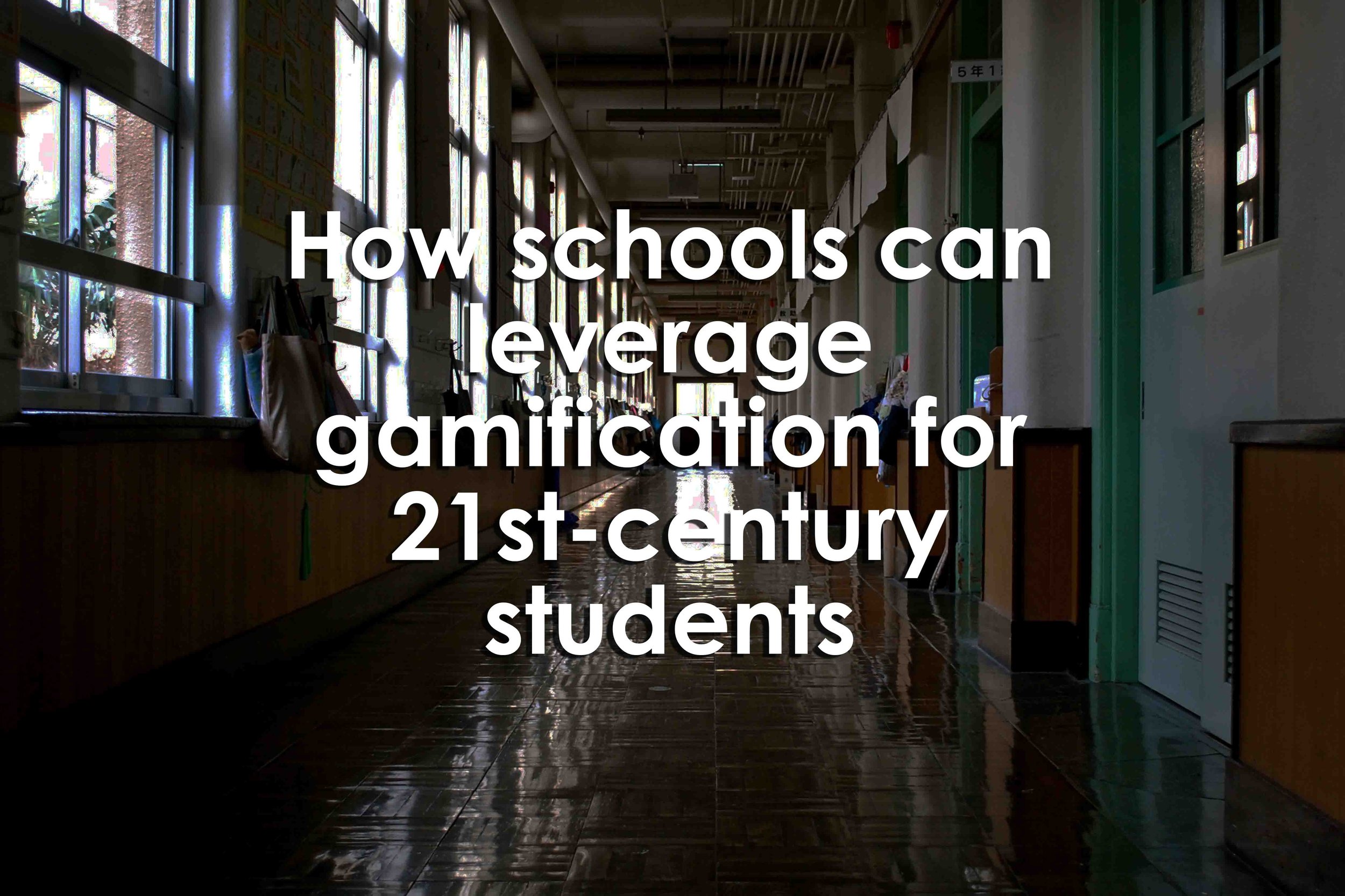How schools can leverage gamification for 21st-century students
How schools can leverage gamification for 21st-century students
How schools can leverage gamification for 21st-century students
By Craig Shotland
September 28, 2023
Summary
In the current educational landscape, relying solely on traditional textbooks hinders students' learning experiences and poses challenges for educators in addressing diverse learning styles while maintaining high engagement levels. To tackle these issues, the gamification of education is gaining popularity as a teaching strategy. Centered on EdTech, gamification integrates game-like elements into the learning process, employing strategies such as points, rewards, leaderboards, challenges, and narratives to enhance student engagement and motivation. This approach leverages students' natural inclination for competition, achievement, and exploration, fostering a deeper understanding of academic content and can be applied in various educational contexts, including traditional classrooms and online platforms.
In the Middle East and North Africa (MENA) region, the edtech industry has experienced substantial growth, with governments focusing on technology to enhance education. STEM education is particularly prioritized in countries like the UAE and KSA, with the UN projecting that 75% of global jobs will be in STEM fields by 2050. Matific, a leading math ed-tech company, reports significant improvements in student math scores (up to 64%) when edtech is integrated into the curriculum. In the UAE, where students spend 21% less time on math than the global average, gamification could be a promising strategy to address the shortage of STEM talents from an early stage.
The implementation of gamification in education, especially for subjects like mathematics, is crucial. Many students with potential in math often opt for other fields due to negative early experiences. Teachers lack confidence and high-level training, contributing to a fear of mathematics. Online platforms, when integrated with gamification, can support teachers, increase engagement, and enhance students' interest in learning mathematics. Gamification not only helps lower anxiety but also sustains student motivation, making learning more enjoyable and effective.
Traditional methods of teaching math involve memorization, but innovative techniques that encourage genuine comprehension within creative contexts are more effective. Gamified math activities provide a low-stakes environment, allowing students to engage in productive struggles and try again. With the ongoing integration of technology in education, gamification is expected to play an even more significant role, with market research predicting global revenue of $29.7 billion for game-based learning by the end of 2026. Gamification, when thoughtfully integrated with edtech platforms, offers an ideal method for dynamic exploration and discovery, fostering a positive attitude toward learning in students.
Reference
Shotland, C. (2023, September 28). How schools can leverage gamification for 21st-century students. Business, Education, Industry. https://www.edgemiddleeast.com/business/how-schools-can-leverage-gamification-for-21st-century-students


